Paprika is made from dried sweet peppers, but it's not the same as black pepper. Here's a clear explanation of what pepper is paprika and how it differs from other spices.
What Exactly Is Paprika?
The short answer: yes, paprika is made from peppers — but not all peppers are paprika. Paprika comes from ground dried peppers that are typically mild, sweet, or slightly smoky in flavor, depending on where they're grown and how they're processed.
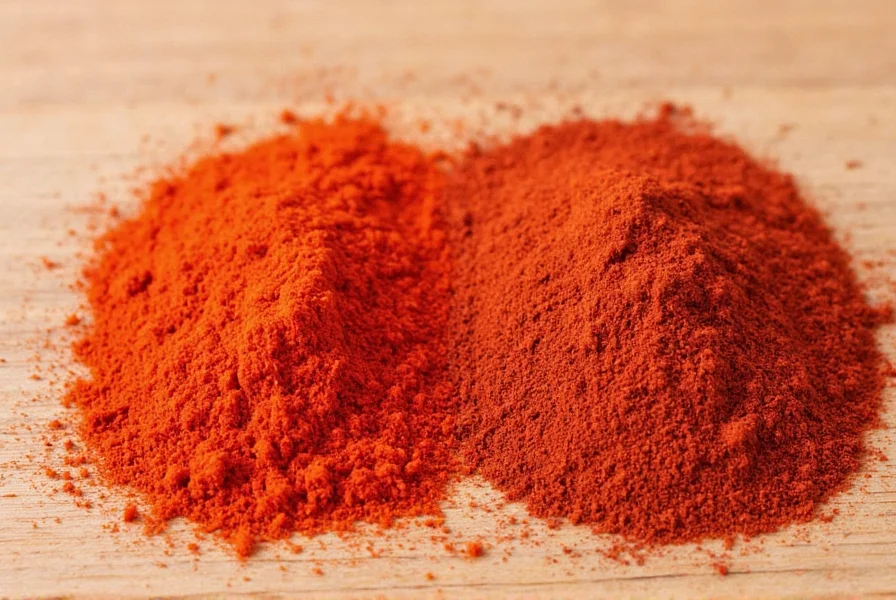
Originally from Central and South America, paprika was later adopted by Hungarian and Spanish cuisines as a staple ingredient. Today, it's one of the most widely used spices around the globe, prized for both its vibrant red color and subtle flavor profile.
Paprika vs. Black Pepper: The Key Difference
Despite the similar name, paprika and black pepper are completely different. Here's why:
| Spice | Type of Pepper | Scoville Heat Units (SHU) | Flavor Profile |
|---|---|---|---|
| Paprika | Sweet/Dried Capsicum | 0–500 SHU | Mild, Sweet, Earthy |
| Black Pepper | Piper nigrum (not a capsicum) | N/A | Pungent, Woody, Warm |
As shown above, while paprika shares its plant family with hotter varieties like cayenne, it's significantly milder. Also notable: black pepper is not a capsicum at all — it's a completely different plant species!
Types of Paprika Around the World
Not all paprikas are created equal. Depending on the region, variety of pepper used, and processing methods, you can find several distinct types of paprika:
- Hungarian Paprika – Considered the gold standard. Available in multiple grades (from mild to hot), often labeled as "Noble Sweet," "Rose," or "Special Quality." Used heavily in dishes like goulash.
- Spanish Pimentón – Known for its smoky character, thanks to being dried over oak fires. Commonly found in two versions: dulce (sweet) and picante (spicy).
- American Paprika – Usually the blandest and least expensive version. Often added for color more than flavor in mass-produced foods.
- California Paprika – Milder and sweeter than European counterparts. Made from California-grown peppers, ideal for blending into rubs and marinades.
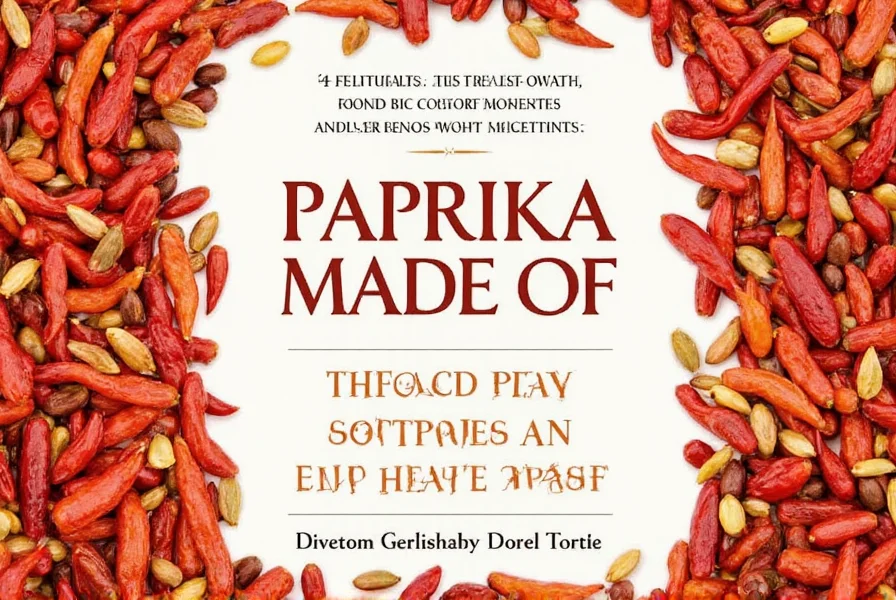
Fun Fact:
In some regions, paprika isn't just a seasoning — it's a status symbol. In Hungary, for example, offering someone a dish seasoned with top-tier paprika is a sign of hospitality and respect.
Paprika vs. Other Peppers: Key Differences
So now that we've clarified what pepper is paprika, let's take a deeper look at how it compares to other popular peppers in your spice drawer or pantry:
| Pepper Type | Origin | Heat Level | Common Uses | Best For |
|---|---|---|---|---|
| Paprika | Central Europe / Spain / Americas | Very Low | Rubs, stews, rice dishes, sauces | Color & mild flavor enhancement |
| Chili Powder | Mexico | Moderate to High | Tacos, chili con carne, dips | Kicking up the heat |
| Cayenne | Southwest U.S. / Caribbean | High | Cajun dishes, hot sauces, soups | Burning off taste buds (in a good way) |
Key Takeaways:
- Paprika is made from dried, sweet or mildly hot peppers — but it's rarely used for heat.
- Black pepper isn't even a true pepper botanically speaking, yet it's the first thing people think of when they hear "pepper."
- Cayenne and chili powder bring the fire; paprika brings the flair.
How to Use Paprika in Cooking
Paprika may be mild, but it punches above its weight when it comes to versatility. Here are some tried-and-true ways to make the most out of your paprika stash:
1. Boost Flavor in Slow-Cooked Dishes
Add a spoonful of paprika to stews, chilis, or braises. Its earthy sweetness complements meats and vegetables beautifully, especially when combined with onions, garlic, and herbs like thyme or bay leaf.
2. Give Color to Deviled Eggs or Potato Salad
Want your deviled eggs to pop on the plate? A light dusting of paprika adds both visual appeal and a subtle depth of flavor.
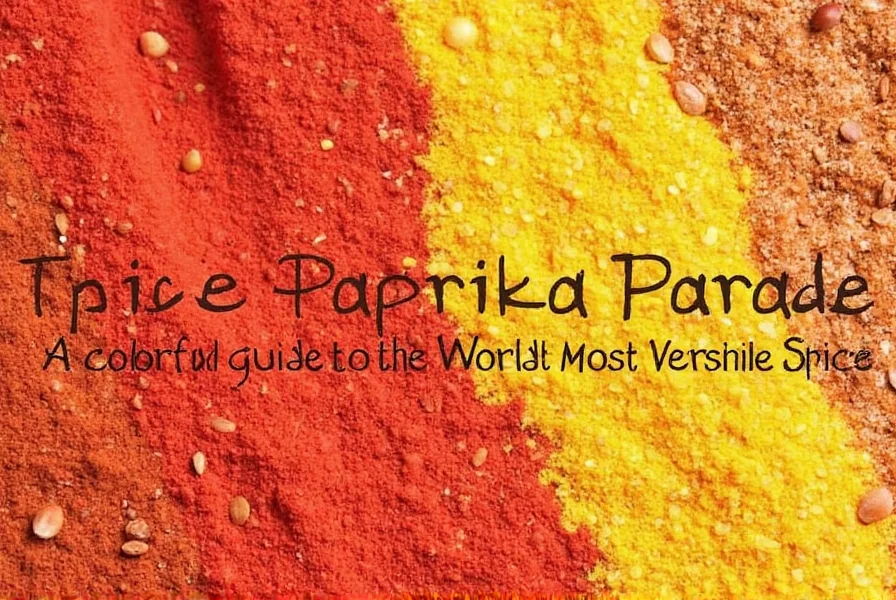
3. Make Authentic Goulash
No paprika, no goulash! Traditional Hungarian goulash relies on noble sweet paprika for its signature flavor and reddish-orange hue.
4. Enhance Smoked Meats and BBQ Rubs
Smoked paprika, in particular, pairs well with smoked meats like brisket, ribs, or pulled pork. Add it to dry rubs or barbecue sauces for a touch of warmth and complexity.
5. Stir Into Hummus or Tzatziki
For a little extra je ne sais quoi, stir a pinch of paprika into your favorite dips. It blends beautifully with tahini, lemon juice, or yogurt-based sauces.
Buying Guide: How to Choose the Right Paprika
With so many options on the market, choosing the right paprika can feel overwhelming. Here's what to look for and what to avoid when shopping for paprika:
Look For These Features
- Country of Origin: If quality matters, opt for Hungarian or Spanish paprika. These tend to have more depth and aroma than generic supermarket brands.
- Label Descriptions: Terms like "smoked," "sweet," "hot," or "Hungarian" will tell you exactly what you're getting before you open the jar.
- Dark Red Color: Fresh paprika should be vibrant and deep red. Pale or orange-toned paprika is likely old or low quality.
- Whole Dried Peppers: Some stores sell whole dried paprika peppers that you can grind yourself. This is ideal for advanced users or those who want ultra-fresh spice.
Avoid These Pitfalls
- Generic Brands Without Origins Listed: If the label doesn't say where it came from, chances are it's been blended or diluted.
- Extremely Cheap Options: You get what you pay for. Super cheap paprika often lacks flavor and vibrancy.
- Old Stock in Bulk Bins: Unless you know the turnover rate is high, bulk bins can mean stale spice. Always check the smell and color before buying.
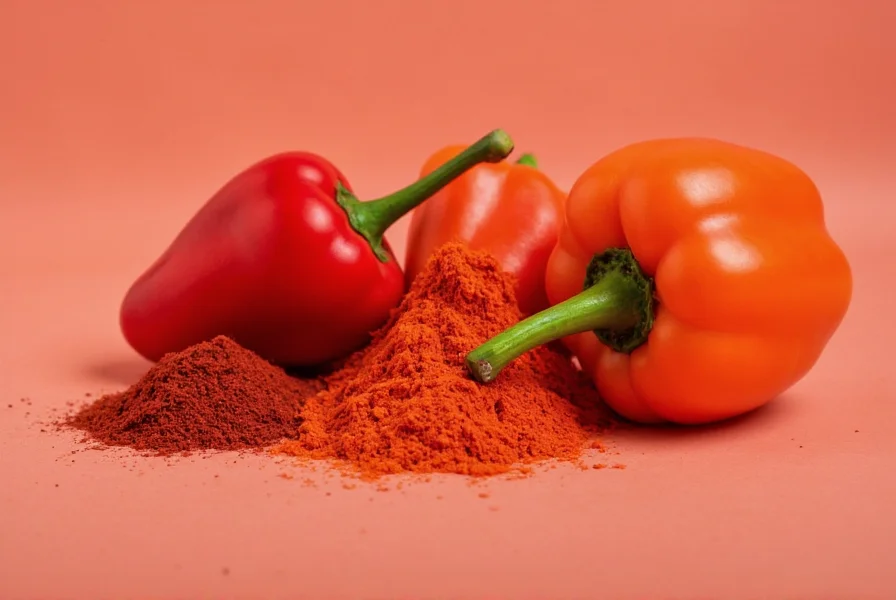
Recommended Brands
| Brand | Origin | Type | Best For |
|---|---|---|---|
| McCormick Smoked Paprika | USA | Smoked | BBQ & Grilling |
| La Chinata Pimentón de La Vera | Spain | Smoked Dulce | Paella & Stews |
| Unipap Hungarian Noble Sweet | Hungary | Sweet | Goulash & Rice Dishes |
| Penzeys Paprika | USA (Hungarian style) | Sweet | All-Purpose Use |
Pro Tip:
Store paprika in a cool, dark place away from direct sunlight to preserve its color and flavor. While it won't go bad per se, paprika loses potency after about six months to a year.
Frequently Asked Questions About Paprika
Is paprika actually made from peppers?
Yes, paprika is made from ground dried peppers, specifically from the Capsicum annuum family. However, it's important to note that paprika comes from specific varieties of peppers that are typically mild, sweet, or slightly smoky, not the hot varieties like jalapeños or habaneros. While all paprika comes from peppers, not all peppers make paprika.
What's the difference between paprika and black pepper?
Despite the similar name, paprika and black pepper are completely different. Paprika comes from the Capsicum family (same as bell peppers and chili peppers), while black pepper comes from the Piper nigrum plant. Black pepper has a pungent, woody flavor, while paprika is mild, sweet, and earthy. Botanically, they're unrelated — the only connection is that both are used as spices in cooking.
Can I substitute paprika for other peppers in recipes?
You can substitute paprika for other peppers in some recipes, but with caution. Paprika is much milder than cayenne or chili powder, so you'd need more to achieve similar heat levels. For color and mild flavor, it works well, but it won't provide the same heat. Smoked paprika can add a nice dimension to recipes that call for regular paprika, but the reverse isn't always true. When substituting, consider whether you need color, heat, or smokiness in your dish.
Why is paprika red?
Paprika is red because it's made from red peppers that are high in carotenoids, particularly capsanthin, which gives it that vibrant red color. The intensity of the red color can indicate freshness and quality — brighter red usually means fresher paprika. Some paprika varieties may have slightly different hues depending on the specific pepper varieties used and their ripeness when harvested.
How long does paprika last?
Paprika typically maintains its best flavor for 6-12 months when stored properly in a cool, dark place. While it won't spoil, it will lose its vibrant color and flavor over time. To test if your paprika is still good, check for a strong aroma and deep red color — if it's pale or has little scent, it's probably past its prime. For maximum freshness, buy smaller quantities and replace regularly.
What gives smoked paprika its distinctive flavor?
Smoked paprika gets its distinctive flavor from a traditional drying process where the peppers are slowly dried over oak wood fires. This smoking process infuses the peppers with a deep, rich, smoky flavor that regular paprika doesn't have. Spanish Pimentón de la Vera is particularly famous for this traditional smoking method, which can take up to 15 days to complete, resulting in that signature smoky depth.
Conclusion: So, What Pepper Is Paprika?
In short: paprika is made from dried, sweet peppers of the Capsicum family — but it's not your typical "pepper" like black pepper or jalapeño. It's a spice derived from specific cultivars chosen for their mildness and color, often used to add visual flair and subtle flavor rather than heat.
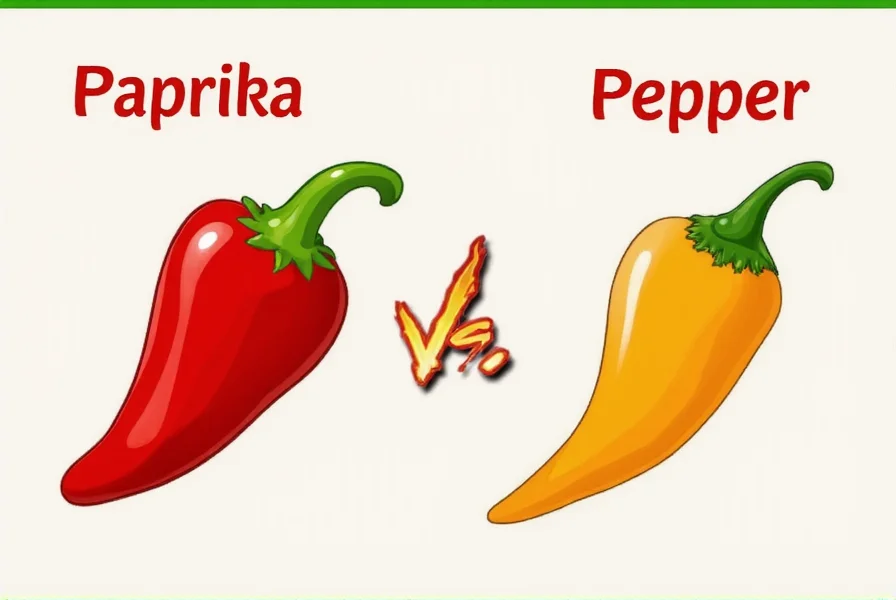
Whether you're stirring it into goulash, sprinkling it over deviled eggs, or mixing it into your next barbecue rub, knowing the difference between paprika and other peppers opens the door to smarter seasoning and better cooking.
So the next time someone asks, "What pepper is paprika?" you'll not only know the answer — you'll impress them with your depth of knowledge and maybe even offer them a sprinkle of your secret spice blend.










 浙公网安备
33010002000092号
浙公网安备
33010002000092号 浙B2-20120091-4
浙B2-20120091-4